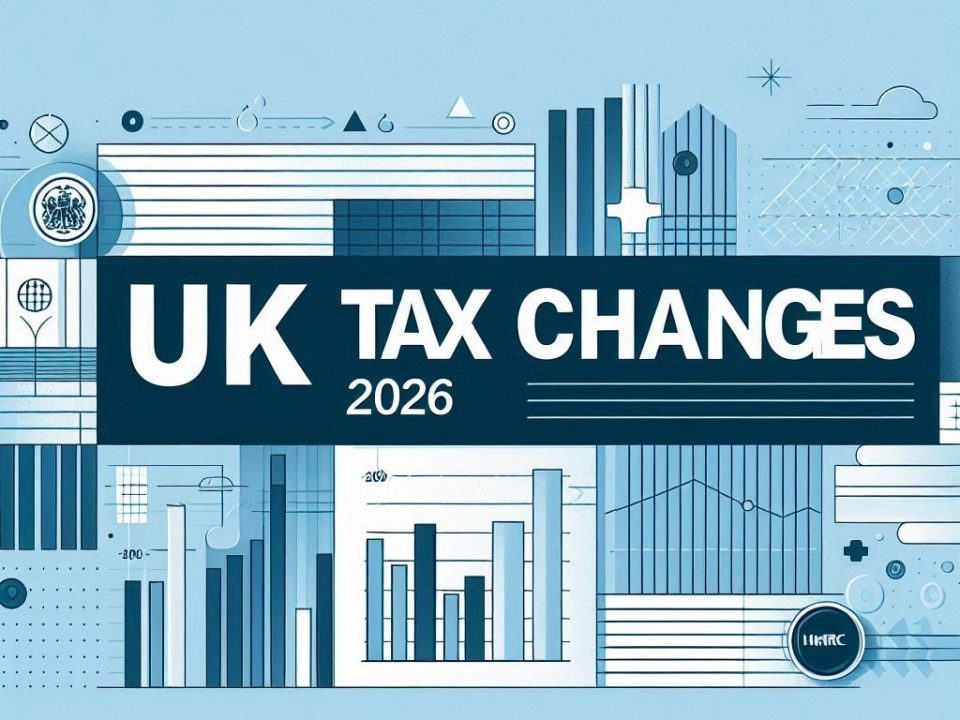Understanding the 15% Block on Lease Payments for Corporation Tax
December 30, 2024Understanding Payments on Account: What You Need to Know
January 2, 2025Property Held Jointly by Married Couples or Civil Partners
Time to read: 5 minutes
Married couples and civil partners generally have their property income taxed equally, with a default 50/50 split applied to the income from property held in joint names. However, this standard rule can be overridden in specific circumstances through the submission of a Form 17 declaration. It is important to understand when and how this option can be exercised, as well as the requirements for compliance.
Departing from the Standard 50/50 Split
To depart from the default 50/50 split for tax purposes, two key conditions must be met:
- Unequal Ownership Entitlement: Each spouse or civil partner must be entitled to a share in the property that is not 50/50. For example, one partner may own 60% of the property, while the other owns 40%.
- Income Reflects Ownership: The share of income received by each spouse or civil partner must correspond exactly to their ownership share in the property. For instance, if one partner owns 60% of the property, they must also receive 60% of the income.
Exclusions to Form 17 Declarations
A Form 17 declaration is not always permissible. Specifically, couples cannot submit Form 17 if the property is owned as beneficial joint tenants. In such cases, the couple does not own the property in distinct shares but rather jointly owns the whole property and income. This means:
- Both individuals are equally entitled to the entire property and income.
- The ownership structure does not allow for unequal division, rendering Form 17 inapplicable.
In contrast, property owned as beneficial tenants in common allows for each individual to have specific shares. For instance, one spouse may own 70%, and the other 30%. Only under this ownership structure can a Form 17 declaration be made to align income tax treatment with the unequal ownership proportions.
Submitting a Form 17 Declaration
To submit a Form 17 declaration:
- Ensure the property ownership is structured as tenants in common.
- Complete and submit Form 17 to HMRC within 60 days of signing it.
- Provide evidence of the ownership proportions, such as a declaration of trust or similar legal documentation.
Key Points to Remember
- A Form 17 declaration is not a general option for tax planning; it must reflect the actual ownership structure and income distribution.
- Joint tenants are excluded from using Form 17.
- Incorrect or unsupported declarations can result in penalties and backdated tax adjustments.
Understanding and adhering to the rules surrounding Form 17 ensures compliance and avoids potential disputes with HMRC. For advice tailored to your circumstances, consult a tax professional or property lawyer



